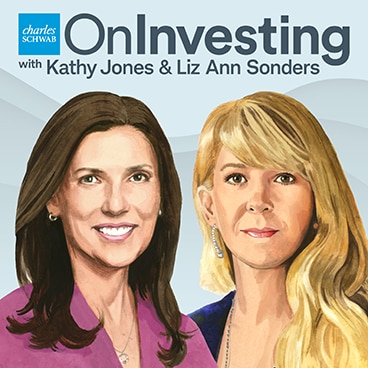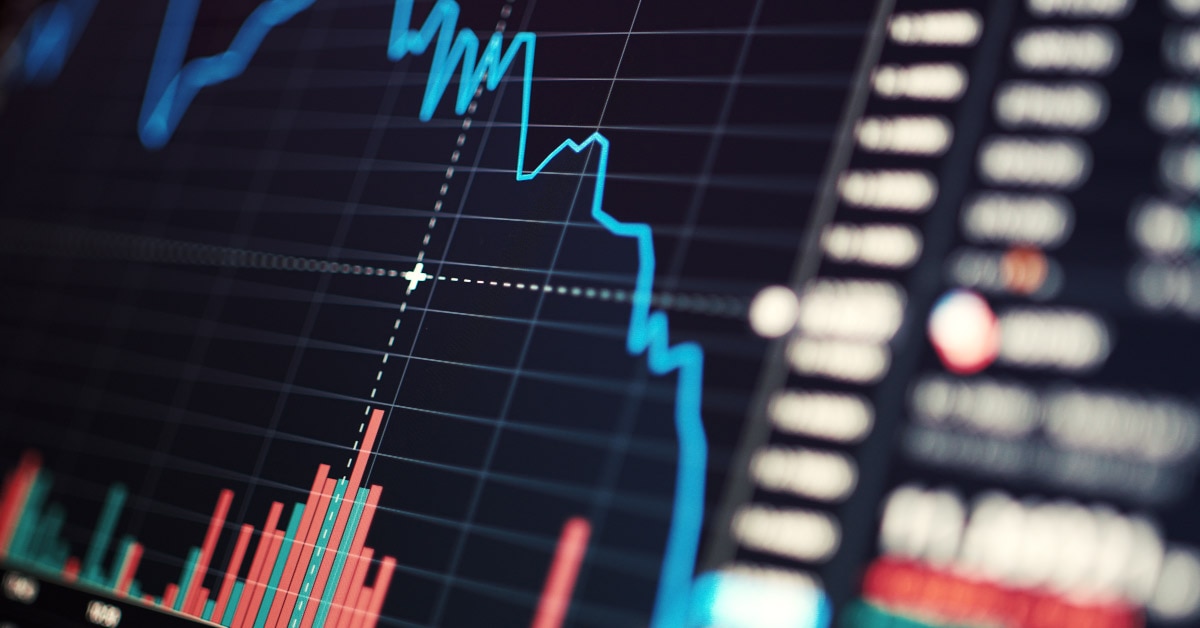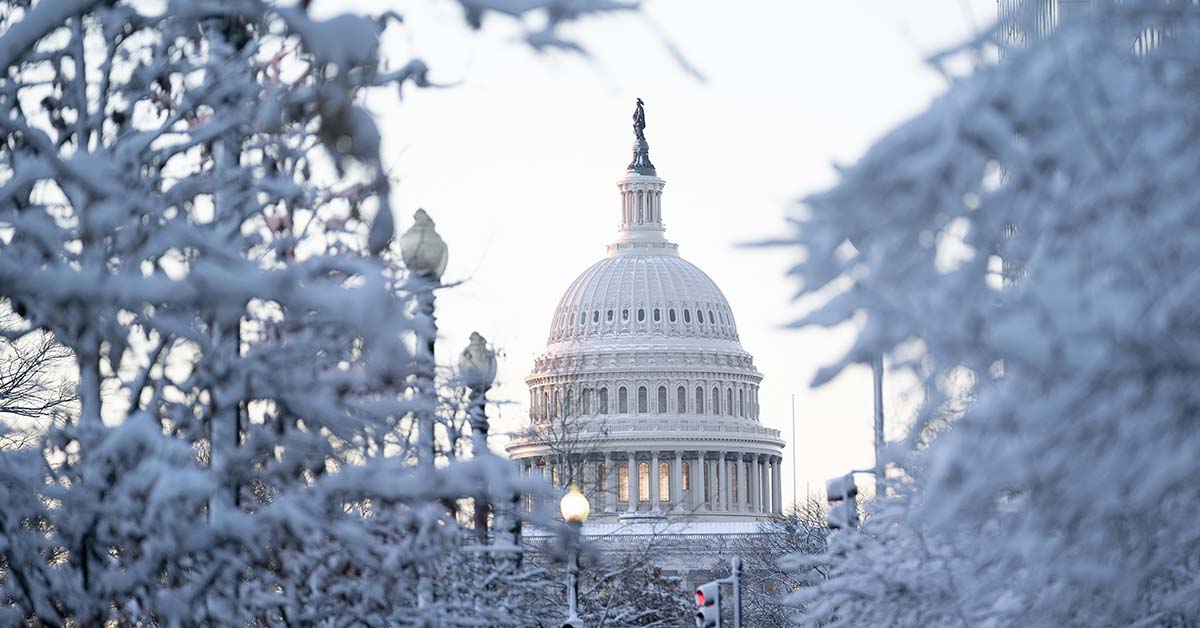Asset Management
US
Stay up to date on commentary related specifically to US markets.
US content

Schwab Market Update
Stocks flattened near record highs to start what's expected to be a quiet session with no major data or earnings to provide a catalyst. Treasury yields fell and gold rose.

On Investing
At the end of 2025, Liz Ann Sonders and Kathy Jones assess the resiliency of the economy.

Understand how a recession is defined and how to avoid common investment mistakes during recession-driven stock market downturns.

Washington Watch
As Congress wraps up for 2025, all eyes are on whether lawmakers will extend health-insurance subsidies—the issue at the heart of the 43-day government shutdown earlier this year.

On Investing
As we approach 2026, what can investors expect from the equities market, fixed income, and the overall US economy in the new year?

The Federal Reserve lowered its policy interest rate by 25 basis points, as widely expected. However, Fed Chairman Powell hinted at a pause ahead, and there were several dissents.

Market Outlook
We believe the macro environment will continue to be unstable given policy crosscurrents and a wobbly labor market, but stocks can likely churn higher given a firmer earnings backdrop.

On Investing
Liz Ann Sonders and Kathy Jones review the Federal Reserve’s latest dilemma and the complexity of policy setting in this environment.

Bond Insights
We continue to suggest an up-in-quality fixed income bias for the short run, but investors can still consider some of the riskier parts of the fixed income market in moderation.